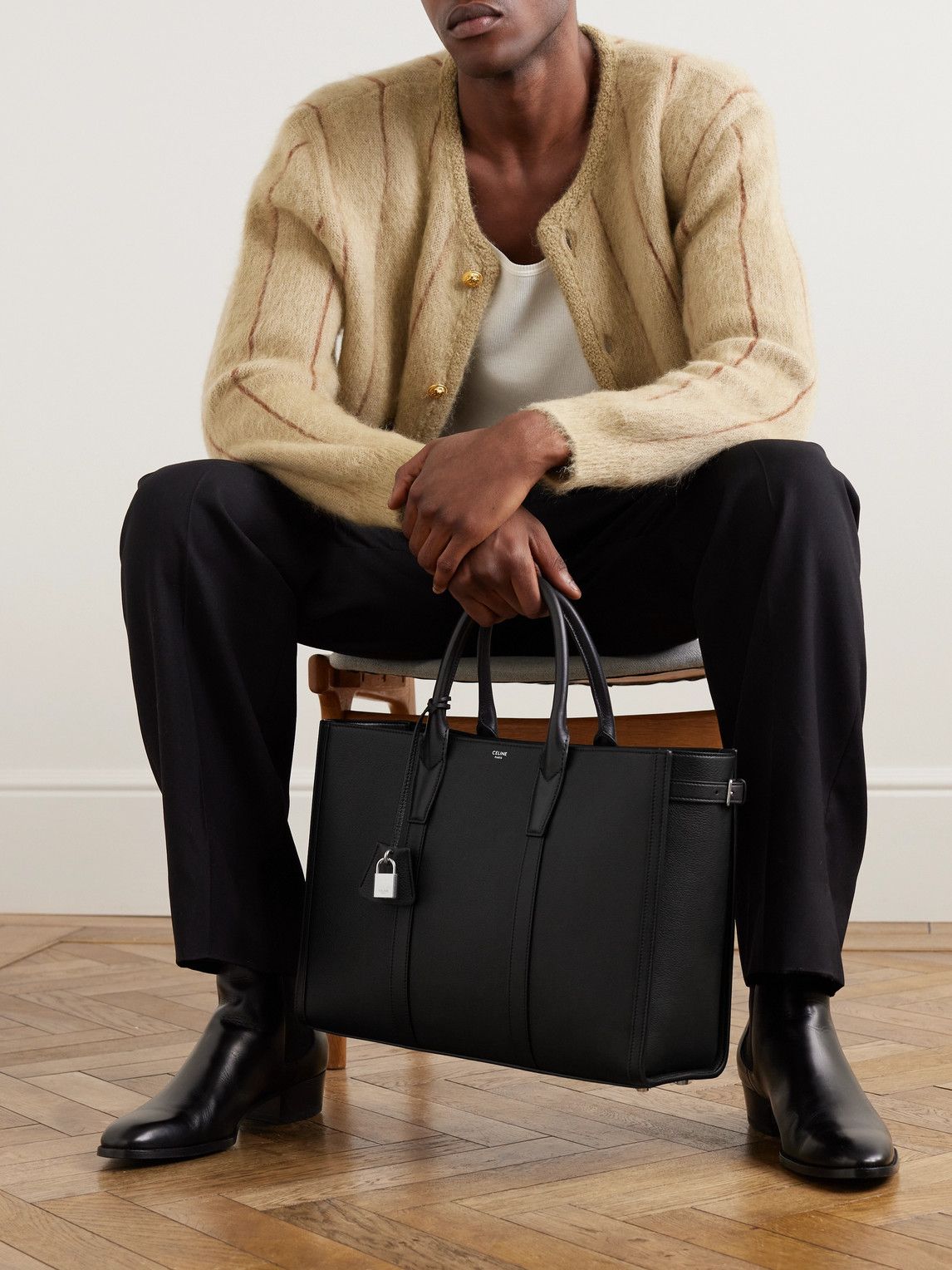A major influence in contemporary fashion, Miuccia Prada is recognized for her intellectual designs, challenging aesthetics, and constant innovation. Leading both Prada and Miu Miu, her impact surpasses her own label, affecting all aspects of current style and fashion culture. To grasp her importance, one must examine her innovative methods, her effect on visual trends, and her role in transforming both the high-end and popular fashion industries.
Intellect and Fashion Come Together: The Prada Style
From the outset, Miuccia Prada distinguished herself by infusing fashion with intellectual rigor. Unlike many contemporaries, her academic background—a PhD in Political Science and training in mime at Piccolo Teatro—provided her with a unique standpoint. She often describes her creative process as one driven by curiosity, skepticism, and dualities: “Ugly chic,” the idea of making unattractive elements desirable, became a signature. For instance, the famed nylon backpack released in 1984 challenged conventions of luxury by transforming a utilitarian material into a coveted item. This move catalyzed a paradigm shift in how luxury brands viewed technical fabrics, stimulating new dialogues around function and form.
The Development of Aesthetics and Resistance to Fashions
Instead of chasing temporary fads, Miuccia Prada is recognized for upending them. Her designs often probe the limits between elegance and discomfort, traditional and modern. The Spring/Summer 1996 collection, as an instance, brought forward muted hues and restrained shapes during an era when lavish glamour ruled the fashion shows. Initially, critics were perplexed, but they soon labeled it as “ugly chic,” a phrase now closely linked with Prada’s identity. This approach—deliberately questioning and redefining what is deemed sophisticated—has maintained the brand as both unpredictable and significant, leading rather than following industry trends.
Advocating for Feminism and Gender Fluidity
One of the most notable aspects of Miuccia Prada’s impact is her perspective on gender and authority. Long before inclusivity became a popular term in the industry, her creations for Prada and Miu Miu delved into themes of empowerment and ambiguity. The Fall/Winter 2012 Prada lineup, praised for its sharp-shouldered jackets and geometric patterns, conveyed a vision of feminine confidence that turned away from traditional notions of sexiness. Her eagerness to highlight androgyny and nonconformity has motivated countless designers—from Alessandro Michele at Gucci to the creative leads at Loewe and Balenciaga—to broaden the range of representation on the world stage.
Advancements in Materials and Environmental Responsibility
Material innovation is another cornerstone of Prada’s modern influence. By embracing industrial nylons, unconventional synthetics, and recycled textiles, Miuccia Prada anticipated the demand for sustainable luxury. In 2019, Prada Group launched the “Re-Nylon” project, introducing bags and accessories crafted from recycled, ocean-salvaged plastic. This pioneering initiative foregrounded environmental consciousness within legacy fashion houses and encouraged competitors to embrace greener practices, directly impacting industry-wide approaches to production, marketing, and consumer engagement.
Transforming the Fashion Industry Framework
Beyond design, Miuccia Prada reshaped the business side of fashion. Under her leadership, Prada evolved from a family-run leather goods label into a diversified luxury conglomerate, encompassing fashion, fragrance, and art. The innovative store architecture collaborations, such as those with Rem Koolhaas (OMA), transformed flagship boutiques into cultural destinations, a concept now ubiquitous among global luxury brands. She also co-founded the Prada Foundation in 1993, blending contemporary art with commerce, bridging the gap between creative disciplines, and expanding the role of global fashion houses as cultural patrons.
Legacy Through Collaboration and Mentorship
Teaming up has been fundamental to Prada’s work. With Raf Simons joining as Co-Creative Director in 2020, she questioned the conventional ideas of individual authorship in luxury brands. This decision established a novel standard for artistic collaborations in the industry and emphasized her continuous dedication to conversation, progress, and creativity.
Her influence also resonates in her mentorship of young designers and artists. Prada’s support for emerging talent through collaborations and institutional programs has helped foster new voices and maintain the progressive pulse of the industry. These efforts, coupled with her institutional initiatives, ensure a dynamic interplay between past, present, and future in fashion narratives.
Effect on Culture and Worldwide View
Miuccia Prada’s perspective has extended beyond fashion to influence worldwide culture. Her designs are frequently cited in cinema, art, and literature, symbolizing an intellectual elegance. Memorable instances, such as Uma Thurman’s radiant Prada gown at the 1995 Oscars and the understated, unexpected outfits in “The Devil Wears Prada,” have infiltrated the public awareness, representing a blend of intelligence and style.
Este es el texto HTML en inglés reescrito siguiendo tus instrucciones:
The influence she has on both the fashion world and academic circles is acknowledged by many. In-depth analyses from prestigious institutions such as Harvard Business School, along with featured discussions in magazines like Vogue and The New York Times, highlight her exceptional skill in harmonizing financial success, artistic authenticity, and cultural relevance.
A Dynamic Vision That Continues to Shape Fashion
Through her relentless experimentation and commitment to ideas over mere appearances, Miuccia Prada exemplifies how fashion can function as a platform for discourse and transformation. Her willingness to challenge the status quo, invest in sustainability, and reimagine luxury as adaptable rather than doctrinal has left a permanent mark on the industry. The prismatic legacy of Miuccia Prada can be seen in every designer unafraid to question, every luxury brand advancing sustainability, and every collection that celebrates intelligence alongside beauty. Her vision continues to define, disrupt, and inspire the contours of modern fashion.

